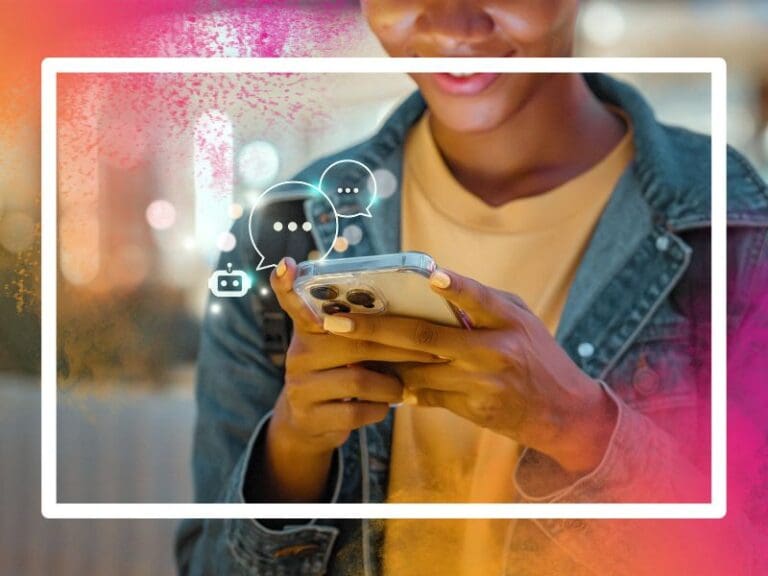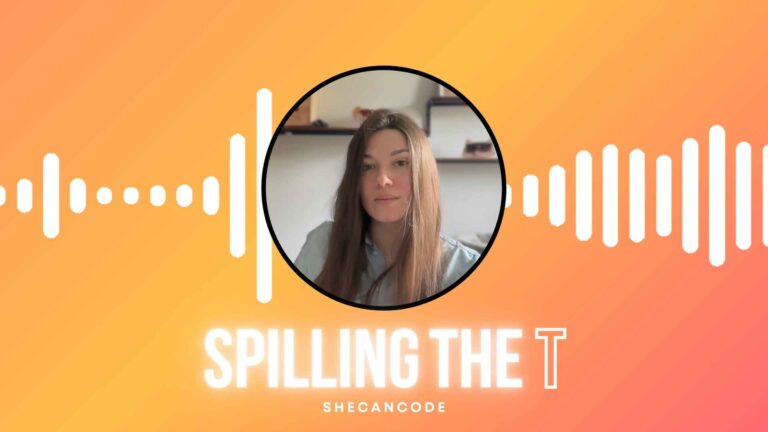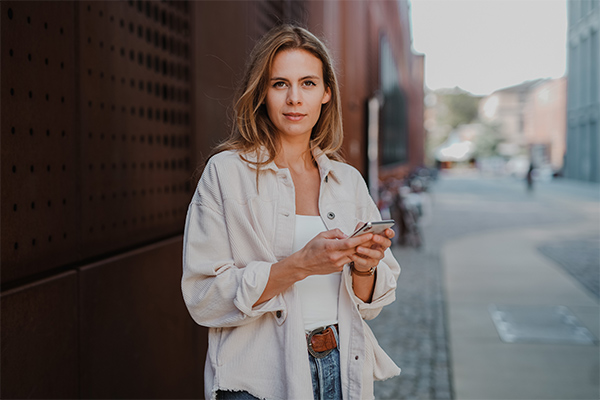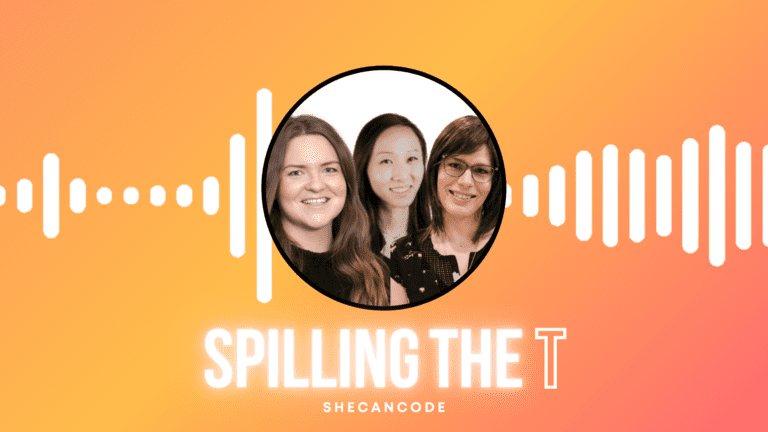The inspiring powers of AI and technologies like ChatGPT have taken many by surprise. From apps to services, these emerging technologies are being integrated into our lives, and there’s certainly no sign of it slowing down. Will AI take over our jobs in the future? Will ChatGPT be able to synthesise data from online research databases, wireframe designs, create visual mockups of an experience and even prototype and code them for us too? This world may not be as far-fetched as it sounds.
Despite the challenge of staying on top of AI advancements, with every new announcement of AI sorcery, I find myself pretty excited to learn its new developments. However, there’s a mix of emotions within the design community. Some folks enthusiastically share their rendition of ‘Top 10 AI plugins for Figma’, while others worry that AI will render human designers obsolete.
Whether you’re a skeptic or an enthusiast, in this article I’ll be discussing why AI is your ally, rather than your enemy.
AUGMENTATION, NOT REPLACEMENT!
Personally, I view AI as a powerful ally and work companion. AI is a force that augments my human capabilities rather than replacing me entirely. As a designer, this means it empowers me to be able to delegate repetitive and monotonous tasks to AI, therefore liberating my time and mental energy to focus on deeper creative thinking and more complex challenges.
AI is simply another tool that unlocks endless possibilities for expanding our creativity in product design. As we embark on this largely unexplored territory, I believe we should be excited about how AI collaboration can shake up the design and tech industry.
AI IS A PART OF THE DESIGN PROCESS, NOT THE WHOLE PROCESS
I have never really understood the concern surrounding AI taking over our jobs entirely when emotional design and human empathy is core to what we do as product designers. Our emotional design intelligence is invaluable as creatives. Whether it’s understanding our users through interviews or crafting experiences, embracing our humanity and our understanding of emotions is essential for designing effective experiences.
The design process is complex, often involving diverse paths and multiple disciplines. Design also incorporates various tools, roles, and methods. AI is simply one element within that multidisciplinary toolbox of design.
A NEW WORLD OF CREATIVITY
I can understand why some designers may feel uneasy about the prospect of AI generating wireframes, design concepts and even rendering designs in code. But ultimately, we control and instruct AI technologies, so it’s about how we harness the technology. AI can serve us inspiration aligned with current trends without us having to trawl through databases. AI can enhance our existing ideas and even uncover new possibilities that we may have initially missed.
Embracing AI technology truly opens up a new age of creativity for product designers and creatives alike. And rather than taking over what it means for us as humans to be creative, I believe it furthers the horizons of our creativity.
SAFETY NEEDS TO BE AT THE CENTRE OF AI FOR SUCCESS
As exciting as this rapidly evolving technology is, make no mistake, using AI within product design needs consistent research, safety and guardrails for use. I think it’s safe to say safety in relation to AI is blurry. Worldwide concern over the pace of innovation amongst this technology has many concerned about how AI could potentially cause issues through misuse or harm.
I’m not convinced AI has the required level of safety to be able to embed it into parts of the design process. When we do use AI features in our design process, we need to ensure we are asking the right questions to protect ourselves, our employers and most importantly our customers from harm.
Some of the questions I ask myself:
- Is this AI tool properly designed, validated, and tested?
- Can we ensure we protect our customers from harm if it is utilised in the experiences we craft?
- Can we trust this AI tool to protect data and privacy of all parties involved?
- Can this AI tool avoid biassed outcomes or anticipate unintended consequences and uphold ethical standards?
Prioritising safety in AI-driven design is essential to ensure the experiences we design remain safe and effective for our users. However, on a small scale, when it comes to small efficiencies and enhancements to my work productivity, I think there are plenty of AI tools worth exploring.
THE FUTURE IS BRIGHT!
AI’s impact on the design and tech industries remains largely uncharted. As AI develops faster each day, I realise it can feel overwhelming. But, we should remember that our unique abilities as humans lie in our emotional intelligence, and a human-AI partnership could enable us to reach new heights when it comes to the experiences we craft.
Fear-mongering never served anyone. So, next time you read an article that suggests AI is some kind of looming threat to humanity, let’s recognize and remind ourselves that AI is there to assist and empower us, not steal our professions entirely!







